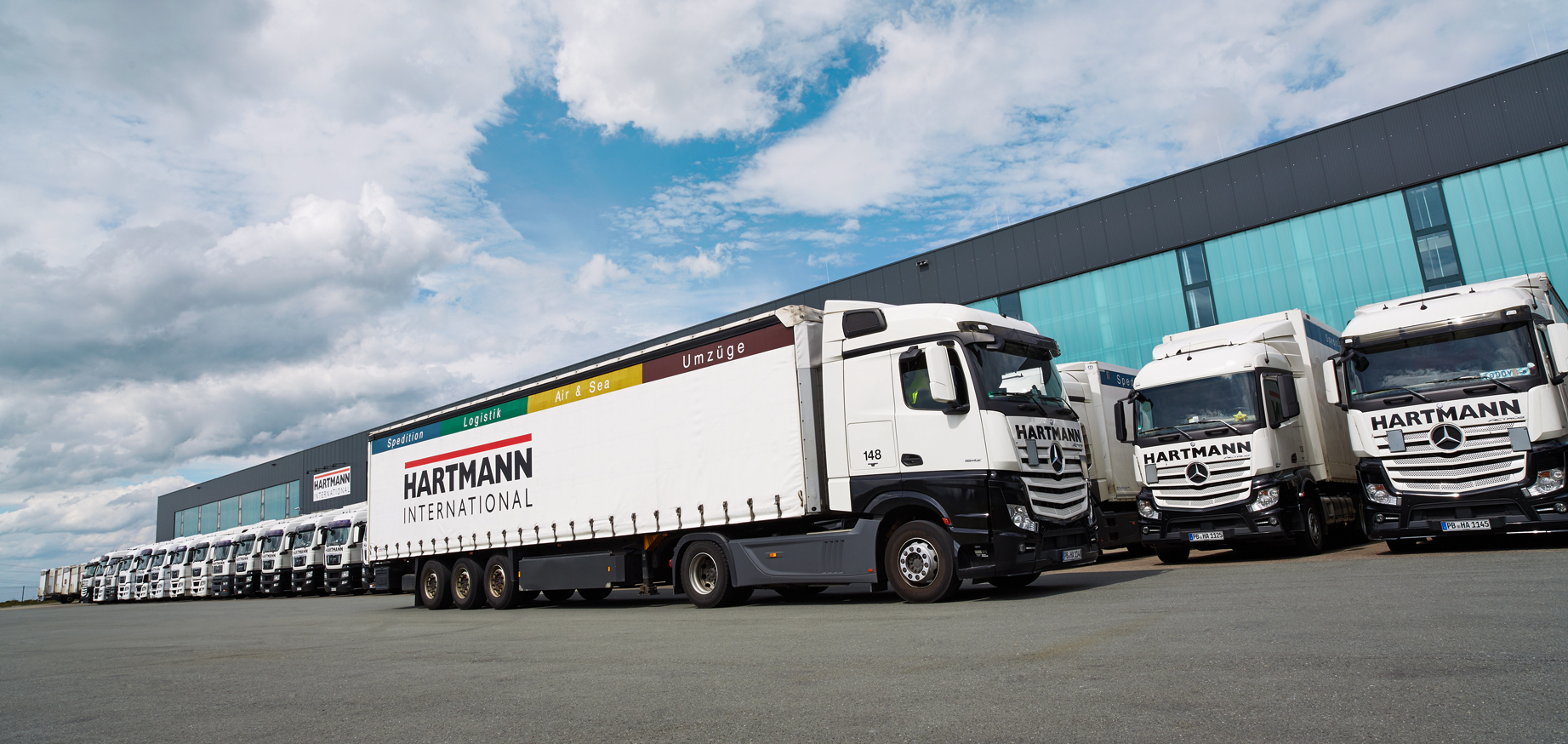Digitalisation in the multi-drop delivery business? Not necessarily a priority, many will say. But considering the enormous efficiency gains digitalisation has enabled in transport logistics in recent years, it is more than likely that the “last mile” stands to profit, as well. Night after night, dispatchers find themselves scrambling to plan the next day’s delivery routes. They only have a handful of hours to account for possibly hundreds of criteria, requirements, constraints and considerations while trying to plan the most efficient and practicable trips for their drivers. A situation that cries out for software.
It is a well-known fact in the industry that due to the exponential growth of online trade and shipment volumes, dispatchers are working at the limits of what is humanly possible. But can software handle all the “soft” criteria, uncertainties and grey zones dispatchers must consider when planning multi-drop delivery routes? How can algorithms make up for inaccurate or missing shipment dimensions or weights without causing confusion and chaos?
Artificial Intelligence (AI) fills the gap left open by conventional TMS software. It enables software to monitor and track workflows and processes, recognise repeating patterns and “learn” from them; then the software can apply these patterns while gradually automating the route planning process. This ability allows AI-based software to become “smarter” over time.
With its Smartlane Transport Intelligence technology, Smartlane GmbH addresses the specific needs of part-load distribution dispatchers, promising significant reductions of time and effort while boosting efficiency.
REDUCTION OF DISPATCH TIME BY UP TO FOUR HOURS
One of the operators which stand to benefit from this technology is Hartmann International, a medium-sized German logistics company. With a staff of just over 500 employees, a fleet comprising roughly 165 vehicles, and about 1,500 delivery orders to handle per day, Hartmann is more than familiar with the challenges of the daily dispatch and route optimisation routine. While the executives of the company had known for a while that there was plenty of potential for cost savings hidden in the current processes, they hesitated to take action, fearing that the typical effort and disruption involved in new software deployments would compromise operations unreasonably.
As they continued their search for a solution, Hartmann International became aware of Smartlane. Since the developers of the software were intimately familiar with the challenges facing the multi-drop delivery business, they had chosen a phased implementation approach for their solution to minimise the disruption of day-to-day operations and avoid a complete IT shutdown of several days. Furthermore, Smartlane Transport Intelligence integrates with the client’s TMS system and works in the background, which means that dispatchers are not forced to abandon their customary work routine. The entire solution is designed to minimise the implementation effort.
To assess the optimisation potential of Smartlane Transport Intelligence at Hartmann, an expert team from Smartlane held a workshop at Hartmann and conducted a thorough study of the company’s processes and requirements. Based upon the results, they developed a staged approach for assisted implementation of the solution, fine-tuned to account for the specific conditions at the client’s site. In the subsequent trial phase, the Hartmann employees and Smartlane experts gathered some experience in a testbed environment to assess the feasibility of implementing various features of the Smartlane solution. This prompted the decision to deploy the constraint-based route planning functionality first. Within as little as one month’s time, the solution was ready to go live.
During the initial phase of using Smartlane Transport Intelligence in production, Hartmann was able to automate the delivery route planning and optimisation for more than 1,000 delivery orders and complete the process within as little as 40 minutes while reducing the dispatcher workload by two hours per day. All this required only minimal process adjustments on the dispatcher side.
The Smartlane team then continued to fine-tune the software in parallel with routine operations, ultimately cutting the dispatch time by up to 4 hours per day and achieving further process optimisations, including a noticeable reduction of CO2 emissions. The Smartlane solution has since enjoyed a high level of user satisfaction.
To learn more about the implementation of Smartlane Transport Intelligence at Hartmann International and how the company succeeded in optimising its part load dispatch process, read our success story “Hartmann International Embraces Dispatch Automation”.
